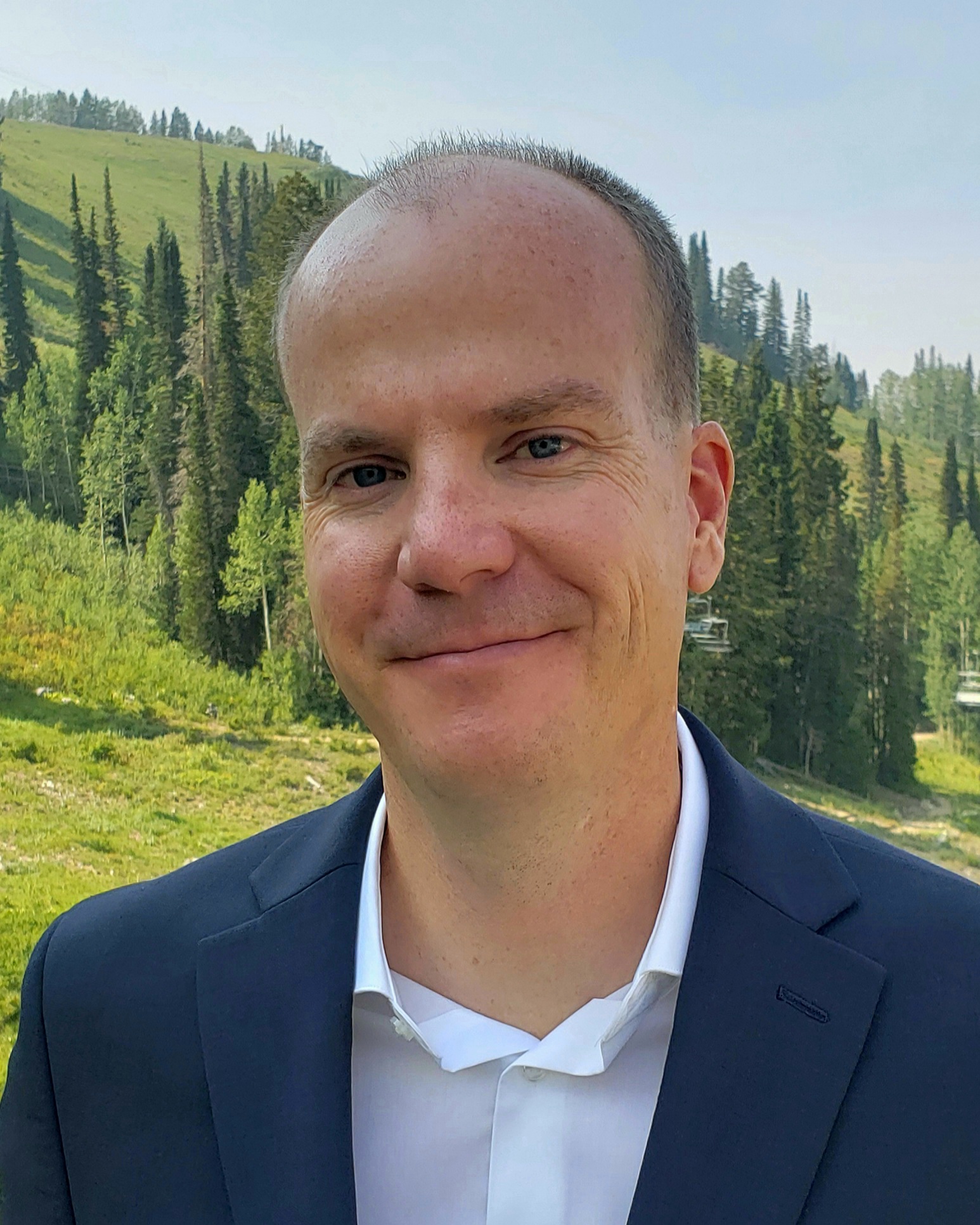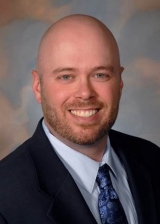Biomechanics Research at the U
The Biomechanics community at the University of Utah is strong, with research and collaborators across campus.

We seek to improve the clinical diagnosis and treatment of patients suffering from hip and ankle pathology using volumetric imaging (CT, MRI), dynamic imaging (dual fluoroscopy), motion analysis, and computational modeling (musculoskeletal/FE/statistical shape modeling). Our group has expertise in femoroacetabular impingement, hip dysplasia, and ankle arthritis. We analyze how abnormal anatomy influences human biomechanics at multiple levels of the physiome for these conditions – from analysis of whole-body kinematics to quantification of cartilage contact mechanics.

My primary areas of expertise are: biomechanical/biomedical design, ergonomics, safety and rehabilitation engineering, musculoskeletal injury prevention and whole body modeling. One of the major goals of my research is to develop new technology and methods to prevent injuries and improve rehabilitation. The majority of my work has focused on injury biomechanics and human centered movement analysis.

My research focuses on improving mobility during daily life in people with neurological dysfunction, particularly those with brain injuries. Using core concepts from biomechanics and motor control, my lab concentrates on functionally relevant balance that is typical during daily life. These common, yet complex tasks, such as maintaining balance while changing directions or walking and talking at the same time, require robust, flexible control. Our goal is to improve rehabilitation approaches

My research team is focused on foot and ankle orthopaedic biomechanics. The foot and ankle is a complex structure of numerous articular relationships which operate to provide a stable base of support through active and passive tissue interactions. Altered morphology can lead to injury, instability, pathological deformity and osteoarthritis. Our goal is to characterize healthy, diseased, and post-surgical foot and ankle morphology and in-vivo function to improve clinical treatment of ankle pathologies leading to end-stage ankle osteoarthritis.

My research team is focused on the biomechanics of the human shoulder. The glenohumeral and scapulothoracic joints operate through a wide range of motion and are stabilized by active and passive soft tissues. Balanced constraint is critical for proper shoulder function, as an imbalance in muscle forces or morphology due to pathology or injury can alter motion and lead to dislocation, osteoarthritis, pain, and loss of function. Our goal is to characterize the healthy and deficient shoulder and the implications of surgical treatment. From this baseline, new strategies for the treatment of chronic or acute loss of shoulder function can be developed.
